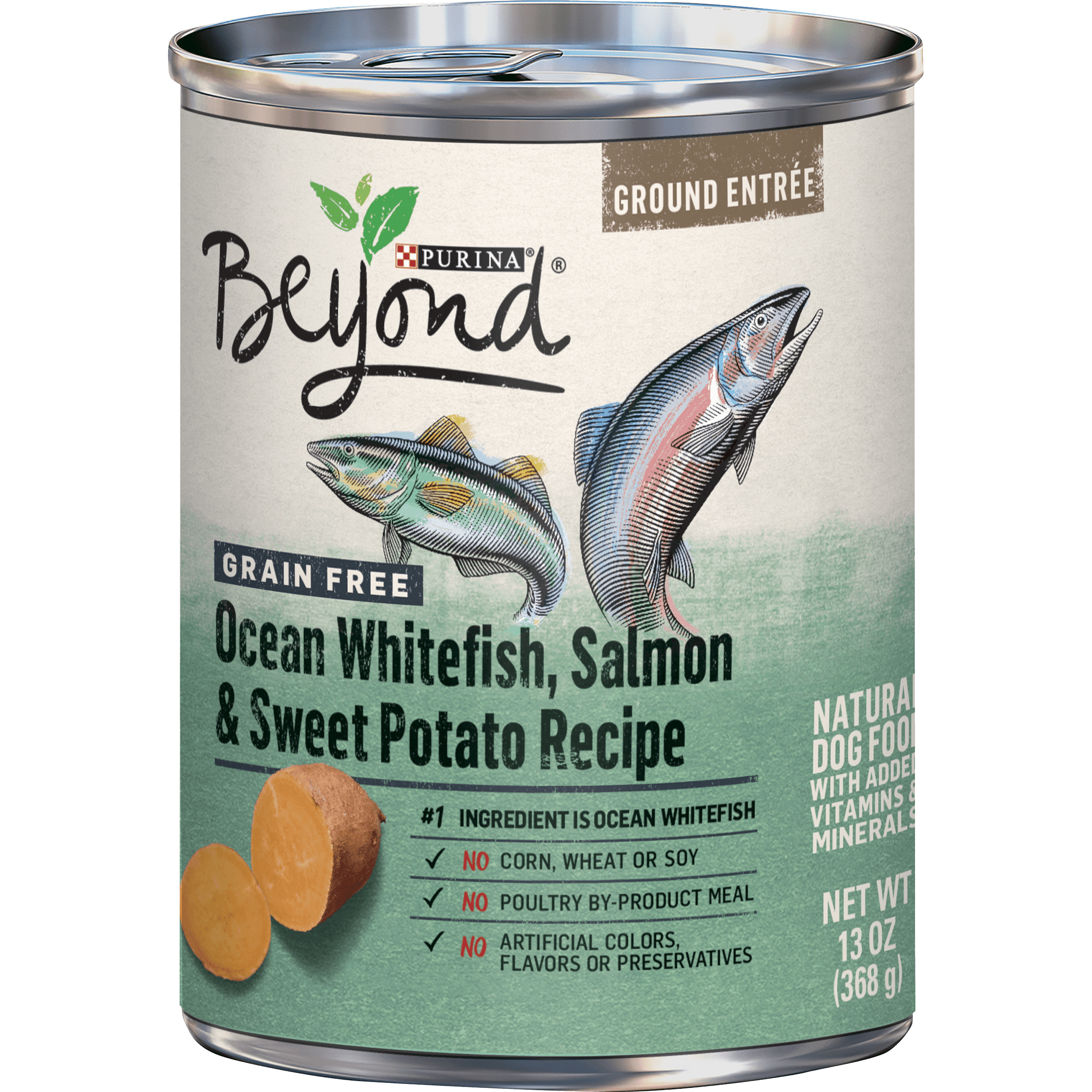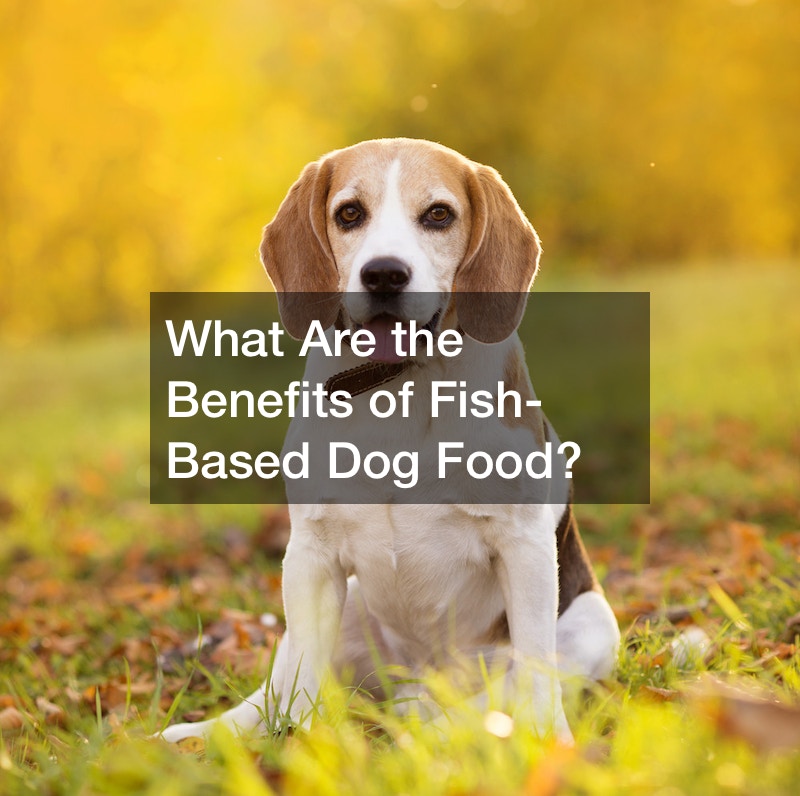Fish based dog food – Fish-based dog food is gaining popularity as pet owners seek healthier and more sustainable options for their furry companions. This guide delves into the nutritional value, types of fish used, health considerations, and everything you need to know about feeding your dog a fish-based diet.
From exploring the benefits of omega-3 fatty acids to understanding the importance of choosing sustainable fish sources, this comprehensive guide provides valuable insights for dog owners considering a fish-based diet for their beloved pets.
Recipe and Cooking Tips

Preparing homemade fish-based dog food is a great way to ensure your furry friend gets the nutrients they need while avoiding potentially harmful ingredients found in commercial pet food. Cooking fish for dogs offers several benefits, including increased digestibility, reduced risk of bacterial contamination, and enhanced flavor.
However, it’s important to note that cooking fish can also destroy some of the nutrients naturally present in raw fish. To minimize nutrient loss, it’s recommended to cook fish gently using methods like steaming or poaching.
Recipe for Homemade Fish-Based Dog Food
Ingredients:
- 1 pound of boneless, skinless fish (such as salmon, cod, or flounder)
- 1 cup of cooked brown rice
- 1/2 cup of cooked carrots
- 1/2 cup of cooked peas
- 1/4 cup of plain yogurt
- 1 tablespoon of olive oil
Instructions:
- Steam or poach the fish until cooked through.
- Flake the fish and remove any bones.
- In a large bowl, combine the fish, brown rice, carrots, peas, yogurt, and olive oil.
- Mix well and serve to your dog.
Tips and Techniques for Cooking and Preparing Fish for Dogs
- Choose fish that is low in mercury, such as salmon, cod, or flounder.
- Remove all bones from the fish before cooking.
- Cook fish thoroughly to kill any bacteria.
- Do not add any seasonings or spices to the fish, as these can be harmful to dogs.
- Serve the fish plain or with a small amount of cooked vegetables.
Benefits and Drawbacks of Cooking Fish for Dogs versus Feeding It Raw
Benefits of Cooking Fish:
- Increased digestibility
- Reduced risk of bacterial contamination
- Enhanced flavor
Drawbacks of Cooking Fish:
- Loss of some nutrients
- Potential for overcooking and drying out the fish
Benefits of Feeding Raw Fish:
- Preserves all nutrients naturally present in the fish
- May be more palatable to some dogs
- May promote a healthier digestive system
Drawbacks of Feeding Raw Fish:
- Increased risk of bacterial contamination
- Potential for parasites
- May be difficult to digest for some dogs
Ultimately, the decision of whether to cook fish for your dog or feed it raw is a personal one. There are pros and cons to both methods, so it’s important to weigh the options and make the best decision for your individual pet.
Transitioning to Fish-Based Dog Food: Fish Based Dog Food

Introducing a fish-based diet to your dog requires a gradual approach to minimize digestive upset and ensure a smooth transition.
Begin by mixing a small amount of fish-based food with your dog’s current diet, gradually increasing the proportion of fish food over several days. Monitor your dog closely during this period for any signs of digestive distress, such as vomiting, diarrhea, or decreased appetite.
Sample Transition Schedule
- Day 1-3:Mix 25% fish food with 75% current food.
- Day 4-6:Mix 50% fish food with 50% current food.
- Day 7-9:Mix 75% fish food with 25% current food.
- Day 10 and beyond:Feed 100% fish-based food.
Adjust the transition rate as needed based on your dog’s individual response. If your dog experiences any digestive issues, slow down the transition or consult with your veterinarian.
Alternatives to Fish-Based Dog Food

For dogs with fish allergies or sensitivities, alternative protein sources are crucial to ensure their nutritional well-being. These alternatives offer comparable nutritional value and benefits, providing essential amino acids and other nutrients.
Poultry
Poultry, including chicken and turkey, is a rich source of protein, essential amino acids, and vitamins. It is highly digestible and palatable for most dogs. However, it is important to choose lean cuts of poultry to avoid excessive fat intake.
Lamb, Fish based dog food
Lamb is another excellent alternative protein source for dogs. It is low in fat and high in protein, making it suitable for dogs with sensitive stomachs or weight management concerns. Lamb also provides a good source of zinc and iron.
Beef
Beef is a high-protein meat that is also rich in iron, zinc, and vitamin B12. It is important to choose lean cuts of beef to avoid excessive fat intake. However, some dogs may be allergic to beef.
Pork
Pork is a good source of protein and essential amino acids. It is important to choose lean cuts of pork and cook it thoroughly to avoid potential parasites.
Plant-Based Proteins
For dogs with severe fish allergies or sensitivities, plant-based proteins may be an option. Soy, tofu, and beans are all good sources of protein. However, it is important to choose high-quality plant-based dog food that is fortified with essential amino acids and other nutrients.
FAQ Explained
Is fish-based dog food suitable for all dogs?
While fish-based dog food can be a nutritious option for many dogs, it may not be suitable for dogs with fish allergies or certain health conditions. Consult with your veterinarian before making any significant dietary changes.
How often should I feed my dog fish-based food?
The frequency of feeding fish-based food depends on your dog’s age, activity level, and individual needs. Follow the feeding guidelines on the dog food packaging or consult with your veterinarian for personalized recommendations.
What are the potential health benefits of feeding fish-based dog food?
Fish-based dog food can provide several health benefits, including improved skin and coat health, reduced inflammation, and support for joint function. Omega-3 fatty acids in fish can also promote heart health and cognitive function.
